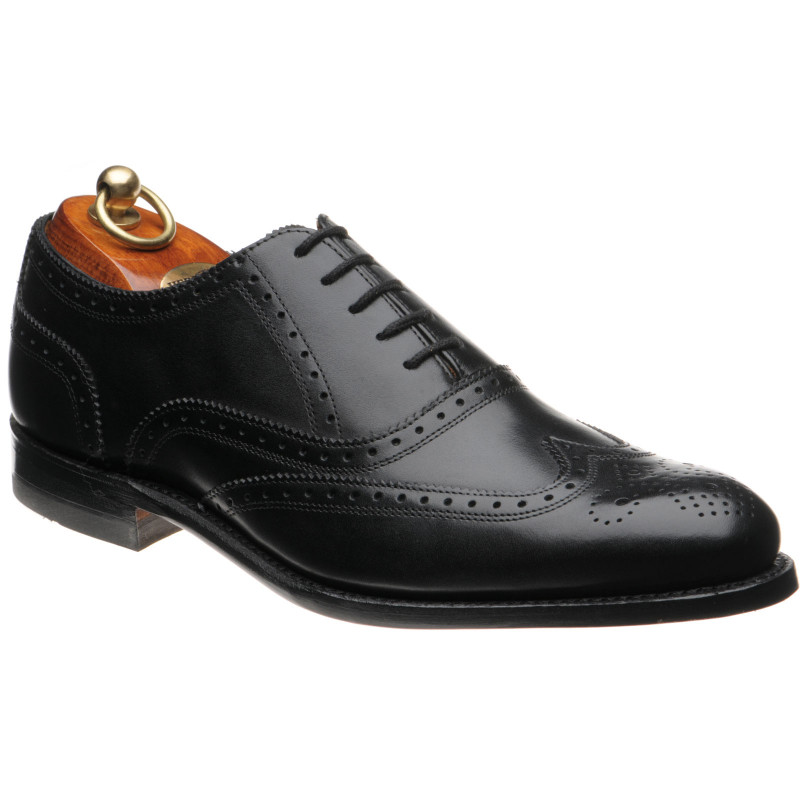The Herring Guide to Classic Brogues
About Brogue Shoes
About Brogue Shoes
The Brogue is widely regarded to be one of the most iconic shoe designs for men. With a unique style that can be easily identified by looking at the surface of the shoe, the first thing to note is that the term ‘brogue’ refers to the holes punched into the leather. The more holes that are on the shoe, the more brogueing it has.
Using this simple classification, any footwear with brogueing can be considered a brogue. By contrast, an Oxford shoe is so designated by its lacing. So while brogues can be Oxfords, and vice versa, they do not necessarily have to be. You can have a brogue with the lacing style of a Derby instead.
History of the Brogue Shoe
The exact history of the brogue is not quite clear. All indications suggest the earliest origins of the shoe trace back to Ireland and Scotland at some point prior to the mid-to-late 16th century. The original shoes were outdoor footwear for the country. They were designed to wear when traversing boggy or damp terrain, with the holes enabling water that got into the shoe to escape so that the foot of the wearer could dry more quickly. They were made with untanned leather and were not very ornate at all.
When the word 'brogue' came into use in the late 16th century, it was derived from the Gaelic 'brog', referring to shoes in general. It wasn't until broguing came to refer to the perforations and serrations in shoe leather that brogues became a specific style of shoe. That transition occurred somewhere in the early 20th century.
The first modern brogues were typically reserved as country footwear for men. However, the style caught on among city folk as well. Edward, the Prince of Wales deserves some credit for having made the shoes popular among Brits during the 1930s.
